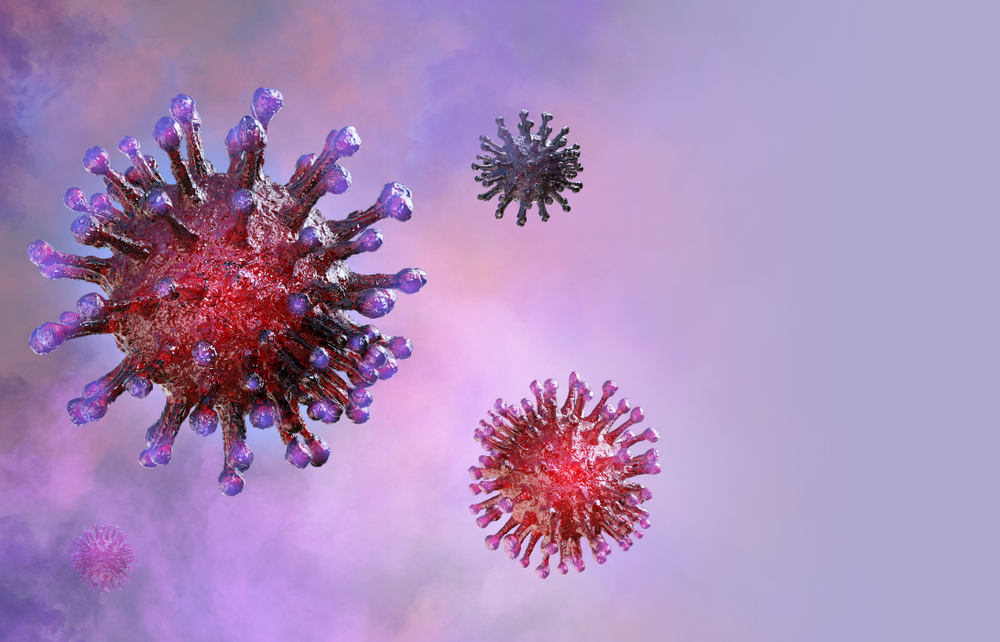Cross-Curricular Lessons for COVID-19
- May 12, 2021
- By KIDS DISCOVER
No matter where you live, it’s safe to assume that COVID-19 has dominated the conversation. Even though the world will hopefully return to normal soon, your students may have a long list of lingering questions and want to learn more. Discussing the importance of lung health and how germs are spread with your class are highly teachable moments that can last a lifetime. Here are 5 cross-curricular lesson ideas to share with your students from our Lung, Microbes, and Germs Units.
Physical Education
You and your students can start an exercise program that promotes healthy lungs and heart. You can either have students run a loop around the school or dedicate 15 minutes of class time to a mini-workout. Especially as the weather gets warmer, this is an excellent opportunity to get your students outside and moving! If needed, recruit the help of your school’s P.E. teachers. Students can learn even more as they read about Lung Capacity from the Lung Units.
Science
Our Microbes Unit is full of facts about the world of vaccines. Students will learn that doctors use dead or weakened viruses to create vaccines for such diseases as polio, diphtheria, tetanus, scarlet fever, and others. Have students pick one disease caused by a virus to research. Students should find out the characteristics of the disease, where it is found, how it is transmitted, how it can be prevented, and so on. What are the similarities and differences between the virus they researched and the coronavirus?
Art
In the Bacteria, Parasites, Viruses, and Fungi Topic (from our Germs Unit) are four “Wanted” posters. The “authorities” are looking for “Bushwackin’ Bacteria,” “Vicious Viruses,” “Perfectly Awful Parasites,” and “Ferocious Fungi.” Have students come up with their own set of adjectives to describe these four kinds of germs. Then have them create a wanted poster for one of the four that includes an illustration and description.
Math
So how much air does a person use in a month or a year? How much air does the entire class use in a day? How much air would the entire school use in a minute? Encourage children to extend the math from the Different Ways Lungs Help Topic (part of the Lungs Unit) to answer these questions and questions of their own. Students might develop math problems and challenge classmates to solve them.
Language Arts
The word “epidemic,” which appears in Bacteria, Parasites, Viruses, and Fungi, is made up of two parts: “epi,” which is a prefix meaning “visit,” and “demic,” which comes from the Greek demos meaning “people.” So “epidemic” means “visiting people.” An epidemic, therefore, visits or affects many people. “Pandemic,” which appears in Germs Throughout History, has the prefix “pan,” which means “whole” or “all,” so a pandemic affects whole populations. Have students find ten words that are made up of two parts: the first part should be a prefix, such as “epi” or “pan.” The second part should be a word or suffix. Students might first make a list of prefixes on the board, including such prefixes as “pre,” “omni,” and “dis.”




